Watchmaking Apprentice Gaku Okada and his Fascinating Tempo Rubato Metronome ‘Watch’
Constructed as a graduation piece for his watchmaking studies, the fascinating tick-tock sounds of Gaku-sans' metronome wristpiece have been heared the world over!
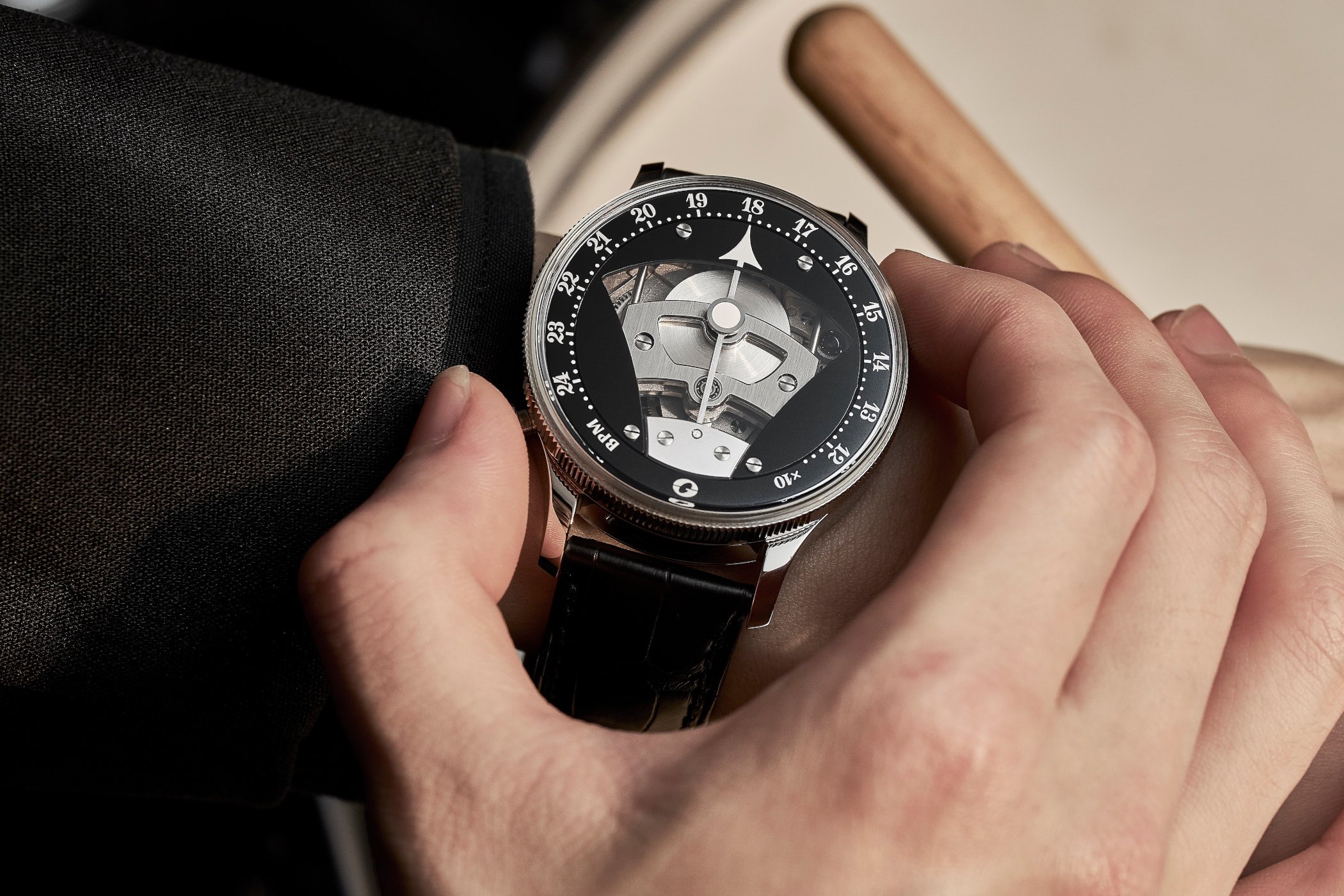
A light rhythmic beat of a snare drum hits your ears, the deep thumps of the bass drum join in, and the chime of the cymbals rounds it off. A trumpeter starts improvising on the beat, ebbing and flowing back and forth in pace, producing a melody that resonates deep within your soul. Then, all of a sudden, you notice a precise tick-tock-tick-tock sound dictating the tempo for the jazz ensemble you were so in tune with a couple of seconds ago. Your mind wanders and starts to dissect the collective sounds in search of what creates the ticking notes. Zoning in on the waves that now sharply hit your eardrums, you spot it: it’s the drummer! Or rather, it’s on the wrist of the drummer! Forgive me for painting the scene for this story the way I have, but it could very well be your first encounter with Gaku Okada’s remarkable Tempo Rubato metronome watch! It’s been making a huge impression on social media for the past couple of days, and we’re fortunate enough to learn more about this young and promising Japanese watchmaking apprentice and his wonderful graduation project!
Robin, MONOCHROME Watches – Gaku-San, can you quickly introduce yourself to our readers?
Watchmaker apprentice & student Gaku Okada – My name is Gaku Okada. I am a student at Hiko Mizuno College of Jewelry, Watchmaker Institute Course (Tokyo, Japan). I was born in 2002 in Hokkaido, Japan. I entered watchmaking school upon graduating high school, driven by a love for crafting intricate components. I developed a keen interest in watchmaking and am currently dedicated to mastering the craft as an independent watchmaker. One of my other passions is jazz music, and I play the drums.
Where does your passion for watches come from?
To be honest, I’m not entirely sure where my passion comes from, but I think I simply love mechanics. So, right now, I’m investing my life in watchmaking because there’s something I want to make. For me, watchmaking feels a lot like jazz, which is also a big passion of mine. In jazz, musicians with different backgrounds and instruments pick up on each other’s vibe and build a song on the spot. In the same way, when I design watches, I try to bring together the aesthetics and the mechanics into one seamless piece. I think that connection between the two is really interesting.

You’re currently still in watchmaking school, but you also work for Hajime Asaoka and Jiro Katayama (Otsuka Lotec). Can you tell us about your experiences and how it all came about?
I started working part-time at Precision Watch Tokyo around February last year, which was the beginning of it all. Asaoka-san and Katayama-san mainly gave me design advice and how to think about the overall concept and aesthetic. I am grateful for their support and the opportunity provided to develop my skills and craft.
We’ve seen your graduation project, the Tempo Rubato metronome ‘watch’, pop up on Instagram recently. What’s the story behind this very cool concept?
I played jazz drums as a hobby from third grade through high school, but since I was good at detailed handiwork and making things, I decided to go to watchmaking school in Tokyo. That said, I knew nothing about watches before enrolling—I learned the difference between mechanical and quartz movements in my very first class. From there, I became fascinated by the mechanics of watches and started thinking about how I could bring together my background in music and my love for mechanics in a single piece. After three years of planning, I was finally able to complete this metronome, which I had been envisioning since freshman.
Can you tell us a bit about the construction?
I’m using the mainspring barrel and second wheel from the ETA 7750, and the escapement is entirely original, specifically designed for this movement. The BPM of the metronome can be adjusted by moving the carriage up and down with the counterweight, which changes the amount of rotation of the counterweight. The push button at the bottom left starts and stops the metronome, and you can adjust the BPM by rotating the bezel left or right. When you rotate the bezel to the right, it also winds the mainspring, and the construction is robust enough for you to adjust the BPM while the metronome is running. The name Tempo Rubato is a musical term that describes the flow of rhythmic variations in speed in music, by the way.
How is the mechanism constructed, and how did you manage to regulate it?
The original escapement incorporates specially designed escape wheel teeth and pallet fork jewels, maintaining uniform amplitude in the pallet fork’s oscillations. A slotted lever is attached to the pallet fork’s pivot, which moves the counterweight from side to side. This metronome is primarily designed for easy assembly, allowing each component to be press-fitted into place without requiring further fastening or adjustments.
What were the biggest challenges for you in its creation?
The most challenging part this time was designing the dial in a way that allowed the interesting mechanical parts of the movement to be visible. From the start, it was actually hard to get the metronome to move, tick at the correct rate and be adjusted. Finalizing the design while keeping the moving mechanism intact was also quite tricky.
What are your plans with the watch? Is it just your graduation project, or are you aiming for commercial production as well?
I had the idea for this mechanical wrist-metronome back in my first year of watchmaking school, but I only really started designing it in CAD around February last year, around the time I joined Precision Watch Tokyo. For now, this is just a graduation project, so I don’t have any plans to sell it commercially. But my goal was to finish it at a level where it could be sold as a product right away if I wanted to.
Looking ahead, what do you hope to achieve in your watchmaking career?
Right now, I’m working on a new version of this Tempo Rubato metronome that also displays the hours, minutes, and seconds, and I’m planning to sell a small number of them. Going forward, I want to create pieces inspired specifically by music and instruments, as well as design unique mechanical movements that don’t exist yet.
How can people get in touch and stay up to date with your progress and work?
I’ll be posting updates on the progress of my work on Instagram. And I’ll also announce when the pieces are available for sale there, so please stay tuned.

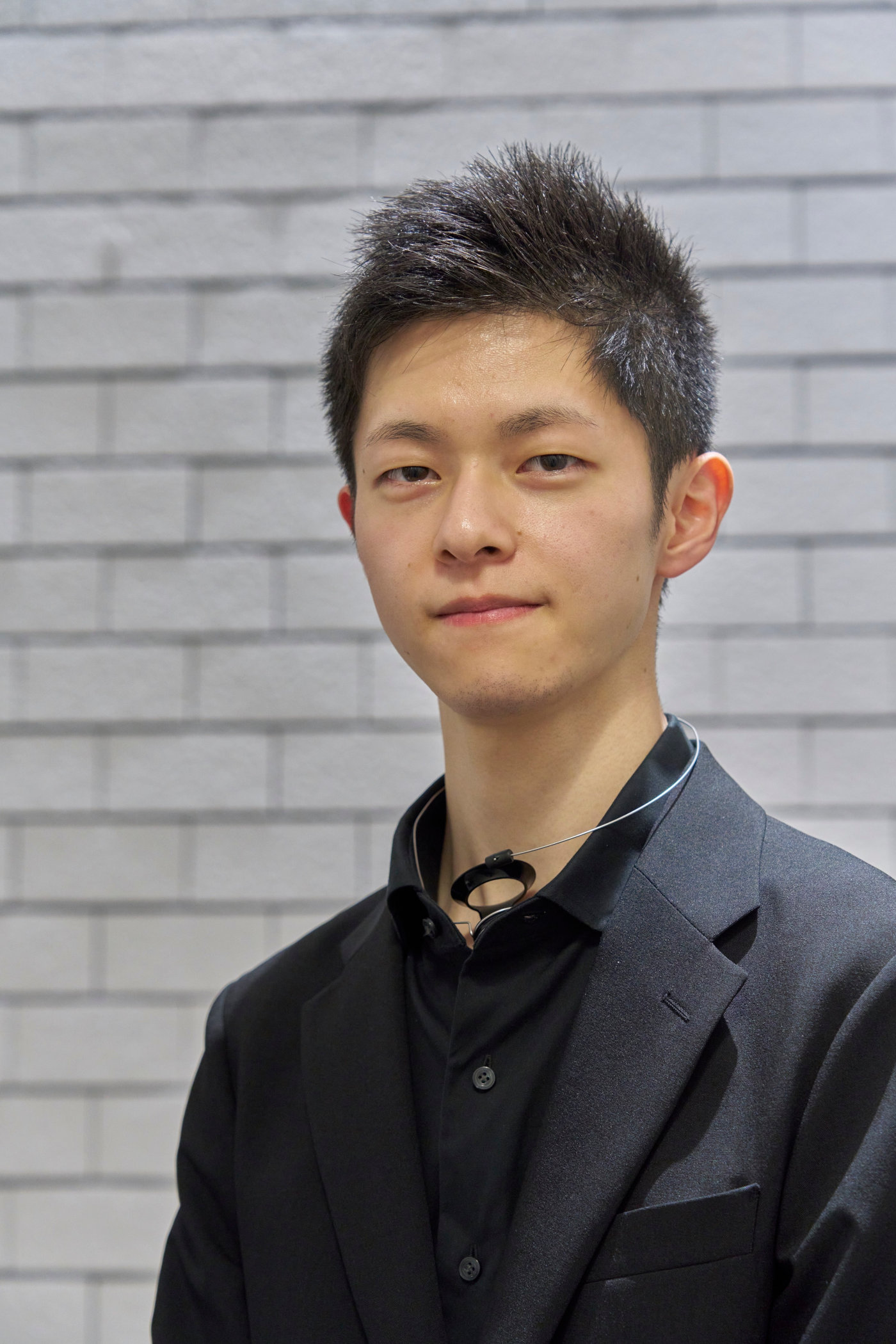
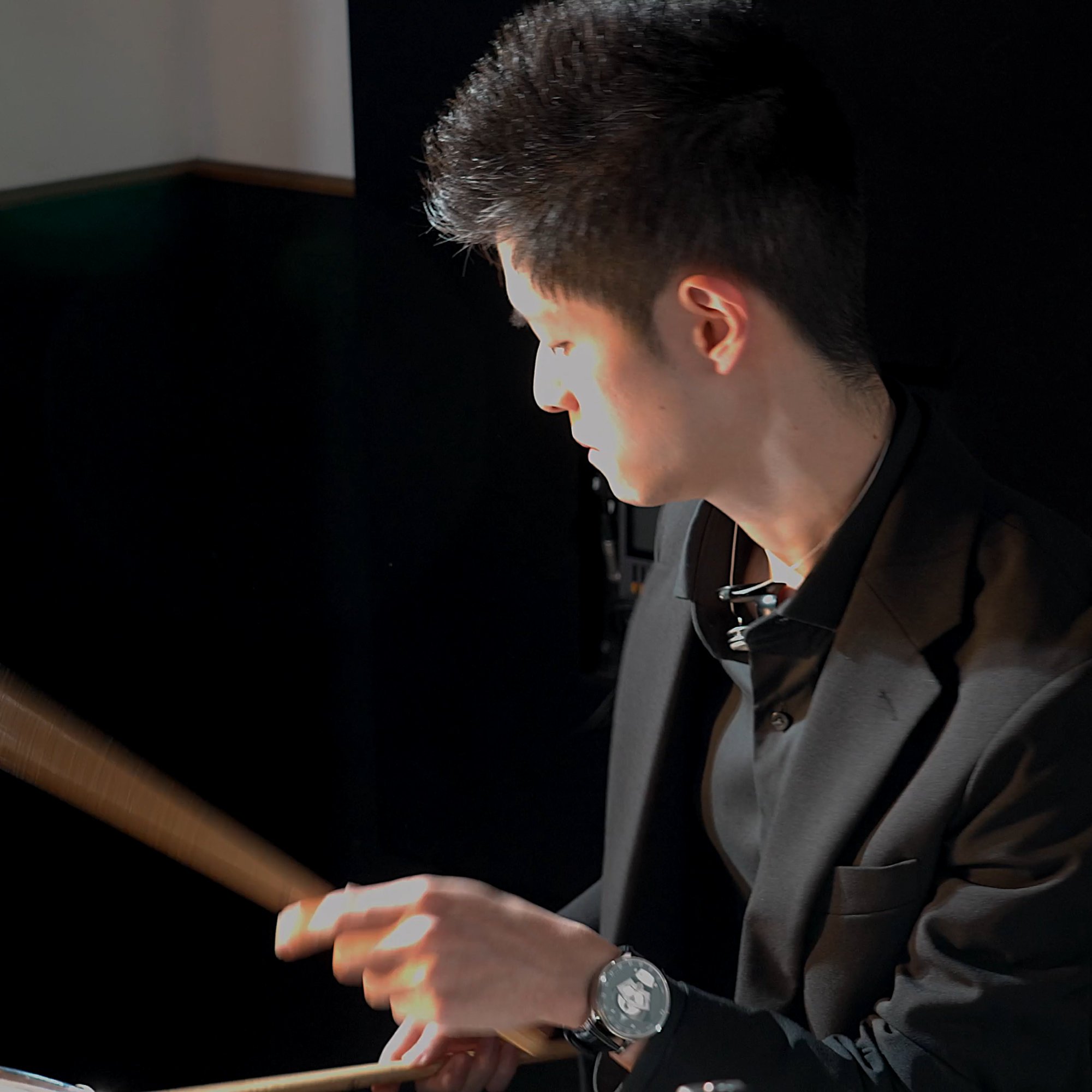

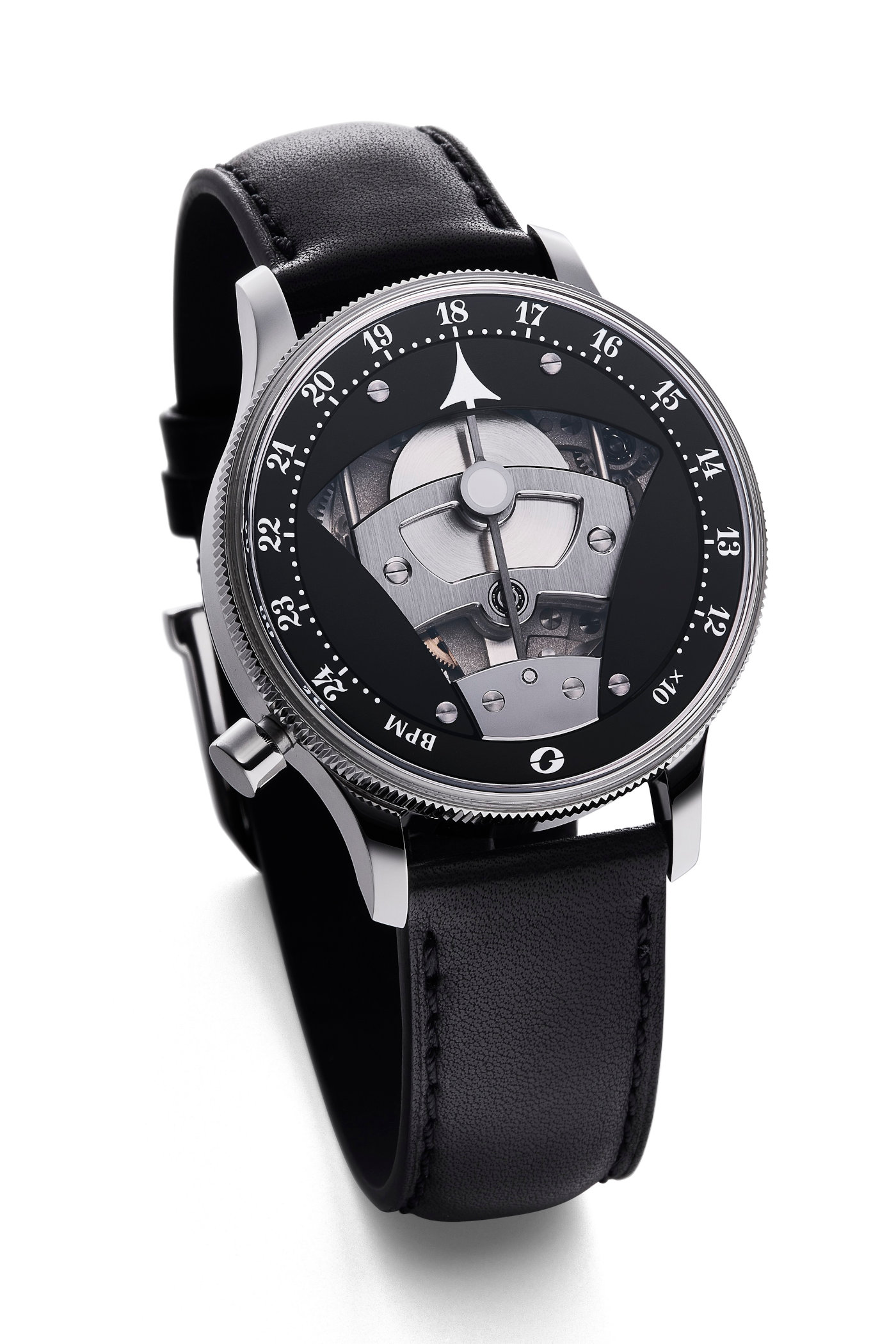


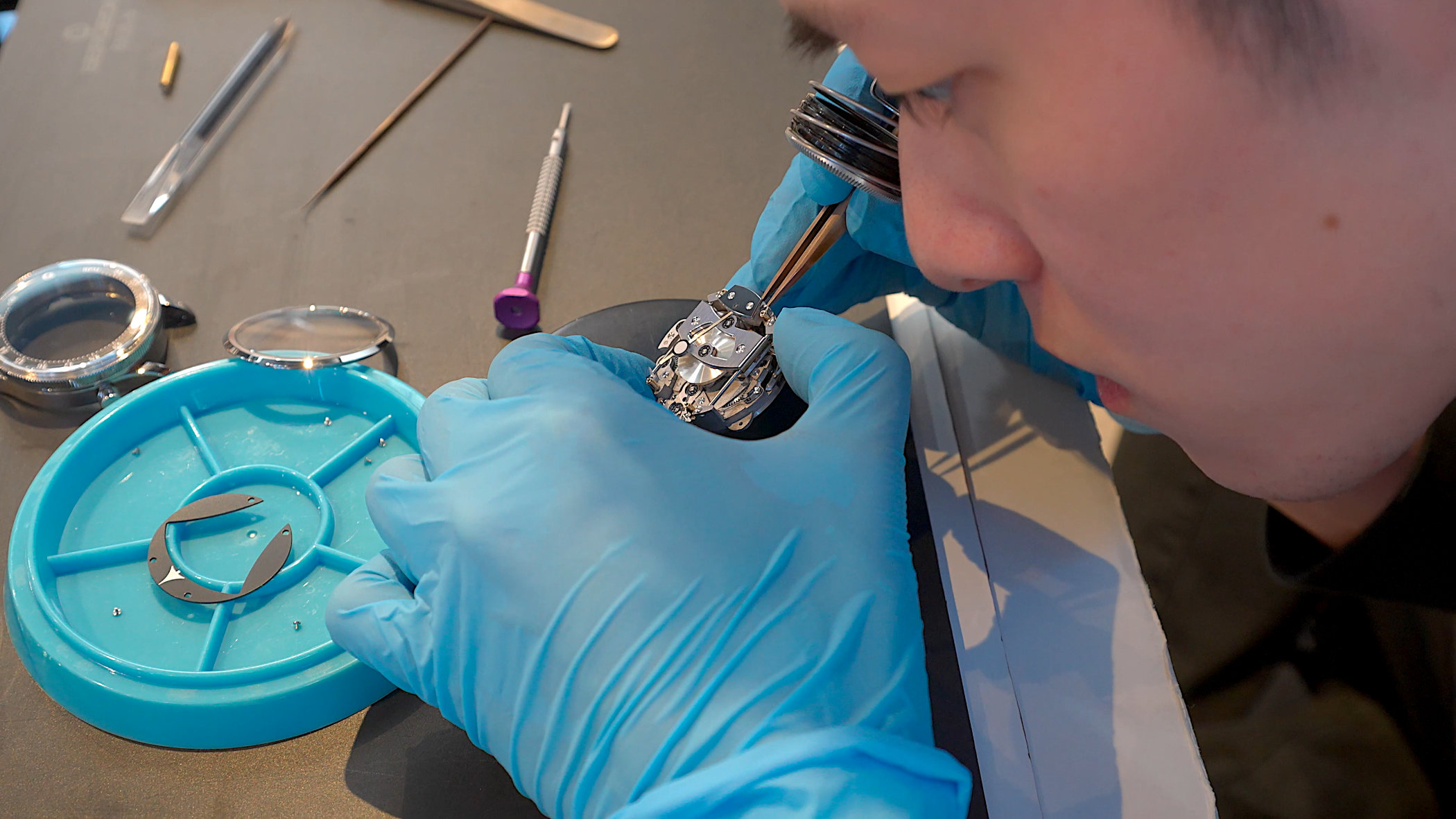
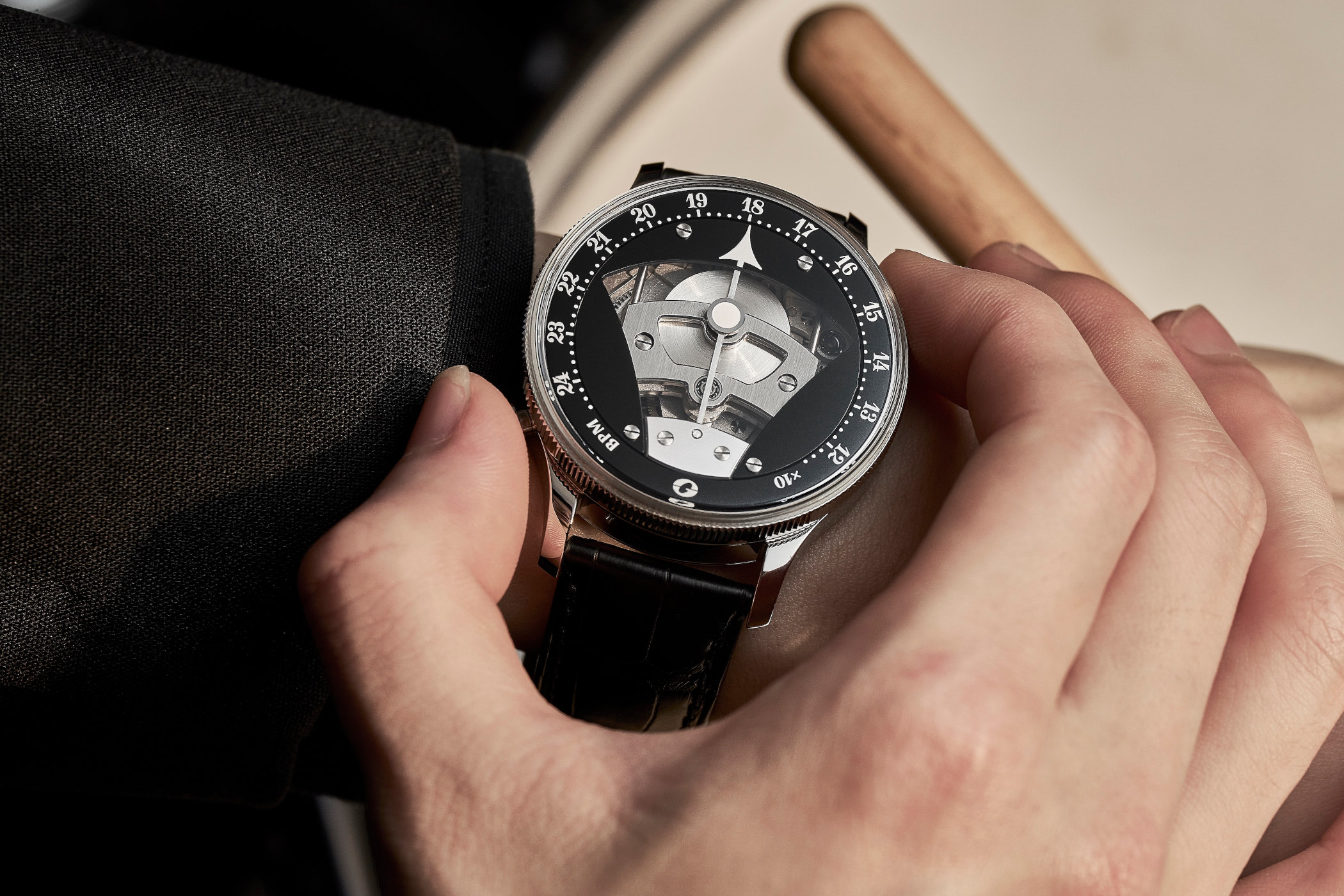

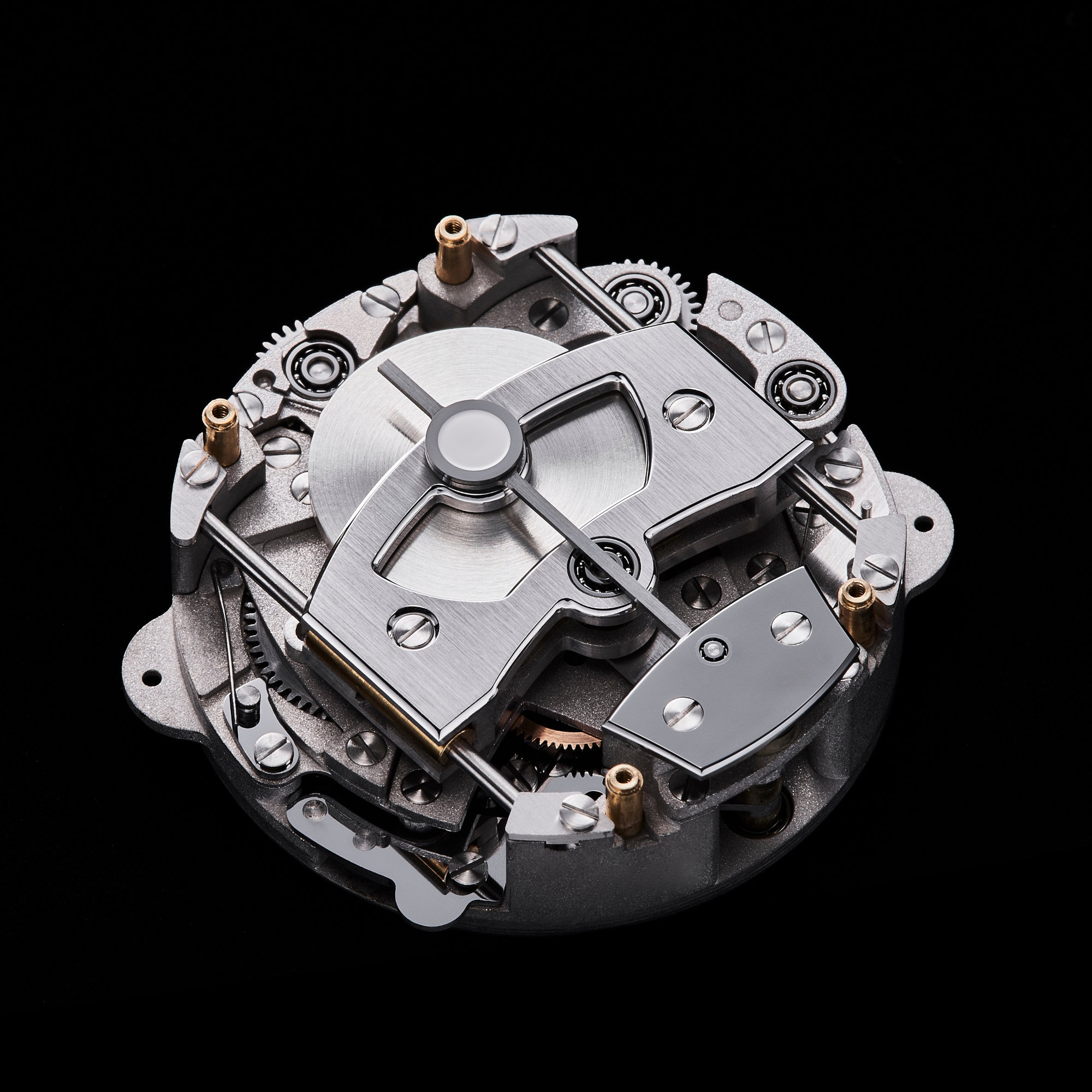
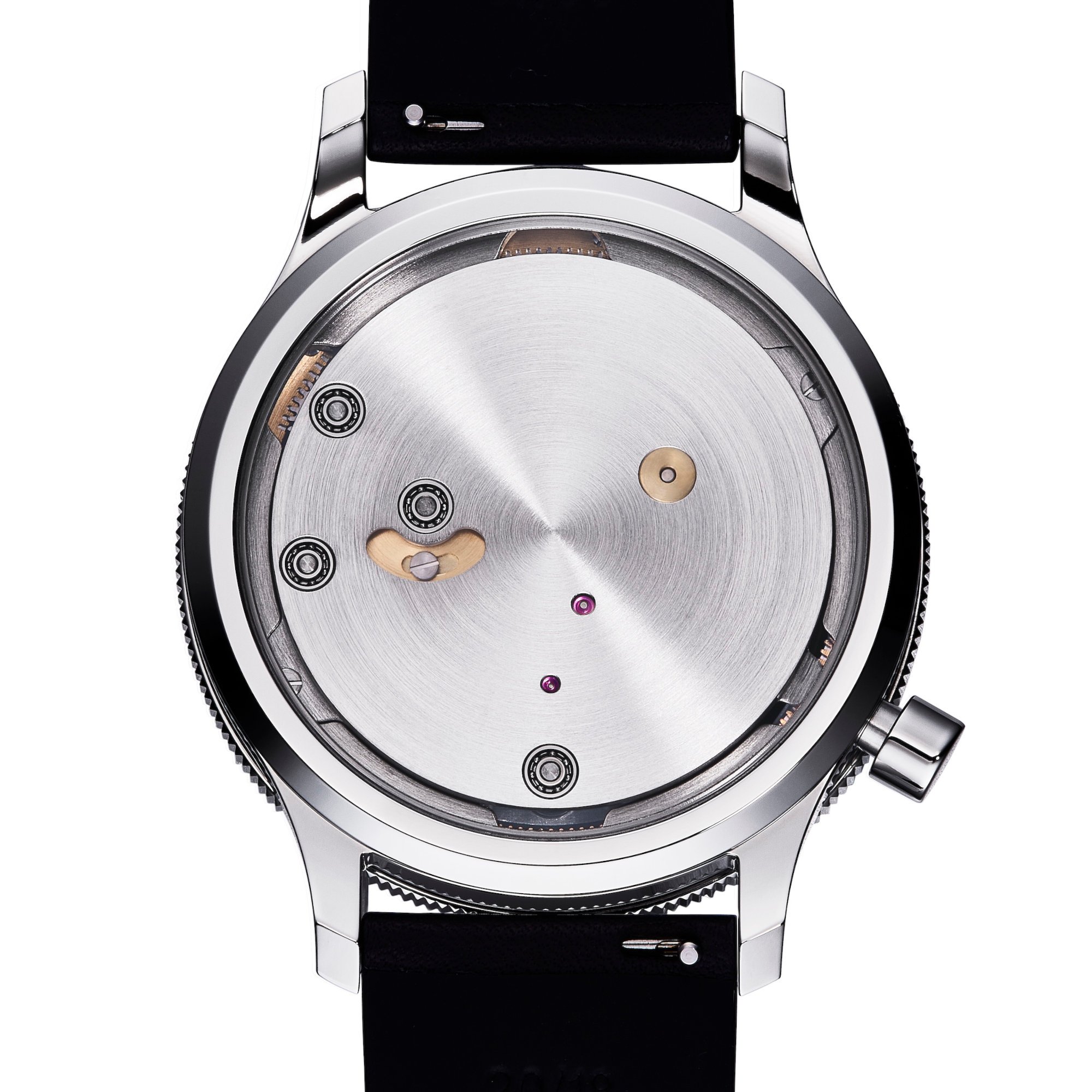

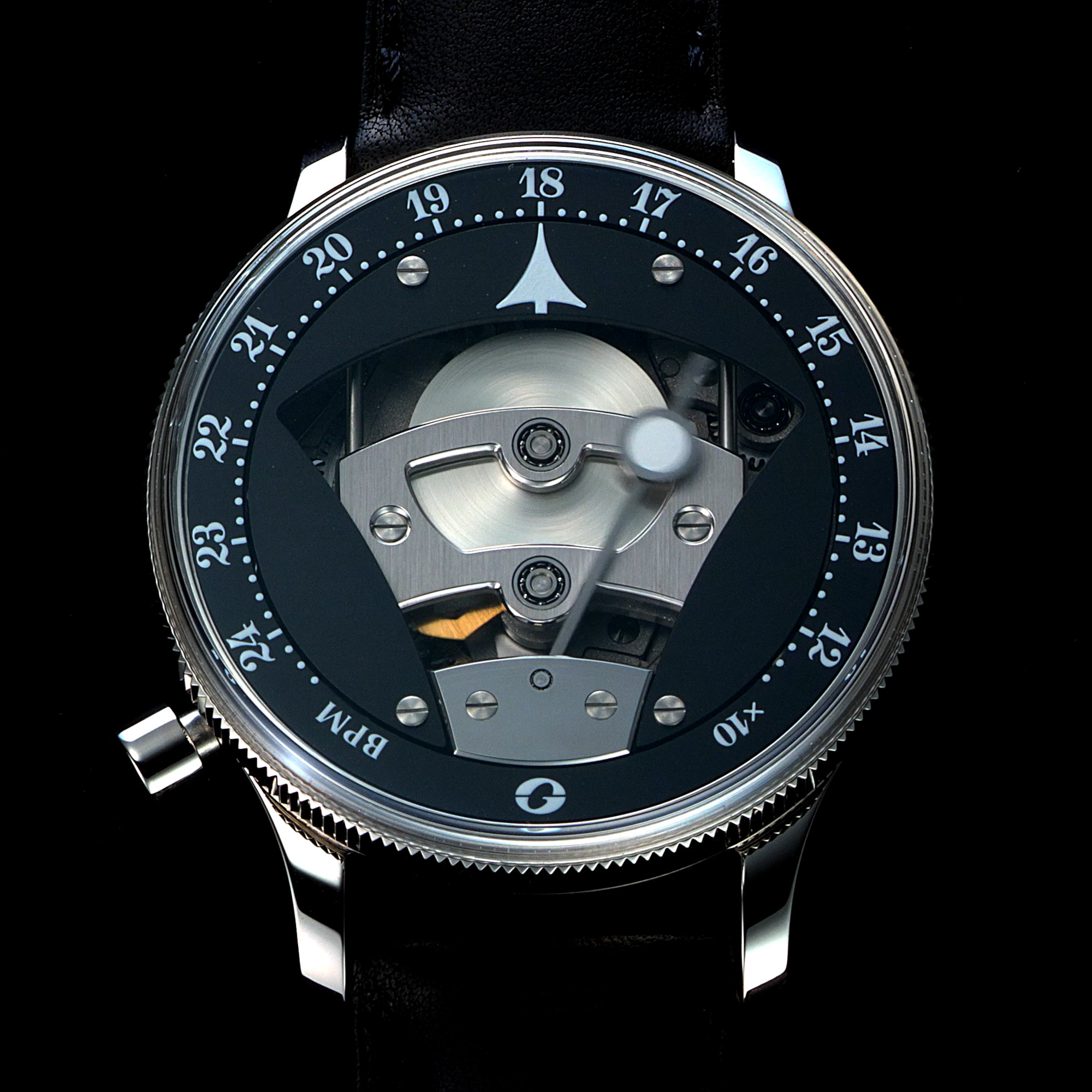



4 responses
Interesting design, so what time is it?
@Joel
This is a metronome, a music-instrument-driven mechanical piece, not a watch yet. He says right in the article he is planning to add a display for seconds, minutes and hours.
Interesting design, so what time is it?
Time to play some jazz
W&W just AI-generated an article from yours. I put their content through GPTzero and this is what it found:
“We are highly confident this text was AI generated
99% Probability AI generated
We’ve compared this text to other AI-generated documents. It’s similar to the data we’ve compared it to.”
Thought you should be aware that their are “soft plagiarizing” you.